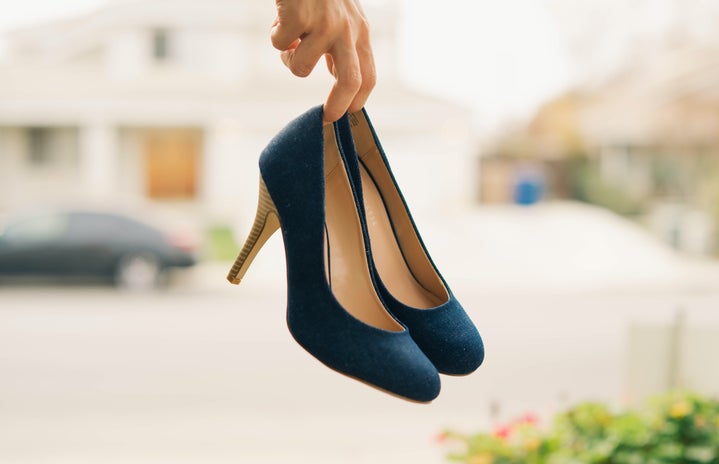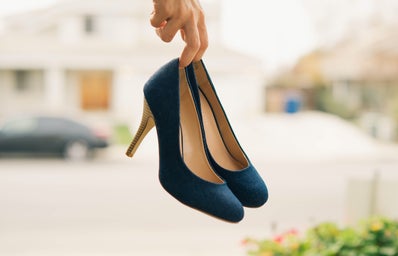On September 26th, Mattel, the producers of the Barbie doll, presented singer and actress Zendaya with her very own look-alike Barbie doll. The doll displays Zendaya herself in a beautiful white Vivienne Westwood dress and gorgeous dreadlocks that mirrors her Oscars 2015 look.
The doll was a token to commend Zendaya for speaking out against the racist comments Guiliana Rancic made about Zendaya on E!’s “Fashion Police.” Rancic criticized Zendaya’s dreadlocks saying that she probably smelled “like patchouli oil. Or weed.” These outrageous comments sparked a huge controversy to which Zendaya directly responded on Instagram, stating “There is already harsh criticism of African American hair in society without the help of ignorant people who choose to judge others based on the curl of their hair . . . to me locs are a symbol of strength and beauty, almost like a lion’s mane.” She shut down Rancic’s negativity stood up for the pride of her race. In response, she was honored with a doll modeled after her that shows just how beautiful she really looked at the 2015 Oscars.
This is not just a representation of Zendaya’s strength in speaking up against racism, but it is also a demonstration that Mattel is expanding its typical portrayal of a Barbie doll. Zendaya wrote in a recent Instagram post, showing the doll and herself, “When I was little I couldn’t find a Barbie that looked like me, my…how times have changed.” This shows hope for young girls everywhere coming from all different backgrounds that they will be represented among the Barbie dolls that show their definition of beauty. It is true that it is not technically necessary for a doll to reflect that a race is beautiful, but when people are excluded from the standard definition of beauty in an incredibly popular doll, it can be rather discouraging and disheartening for young black girls who grow up seeing a stereotypically beautiful white doll and not one that looks like them that would be just as beautiful. The Zendaya doll is a symbol of a step in the right direction for representation of the beauty of all races and all people.


